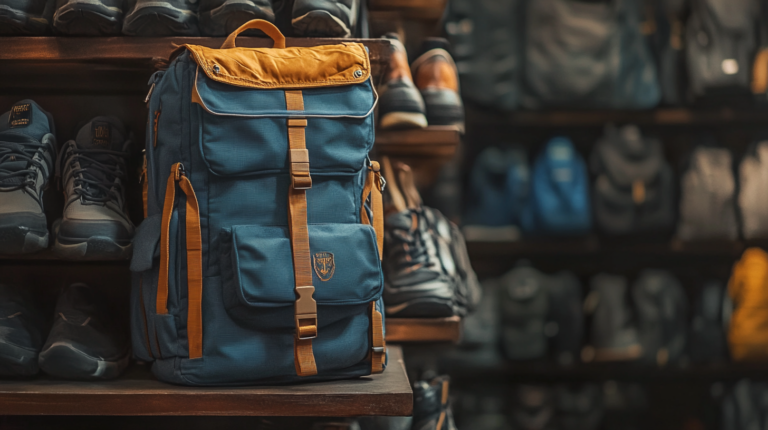Business Travel Safety: 5 Key Steps for Frequent Flyers
In my travels across bustling airports and packed conference halls, I’ve realized that business travel isn’t just about earning miles—it’s about navigating unique risks with a plan. From ensuring I keep track of vital documents to having an emergency blueprint ready, I’ve found that the secret to a smooth trip often boils down to careful preparation. In this guide, I’m sharing five essential steps that help me stay safe, productive, and confident wherever work takes me.
1. Map Out Your Journey from Start to Finish
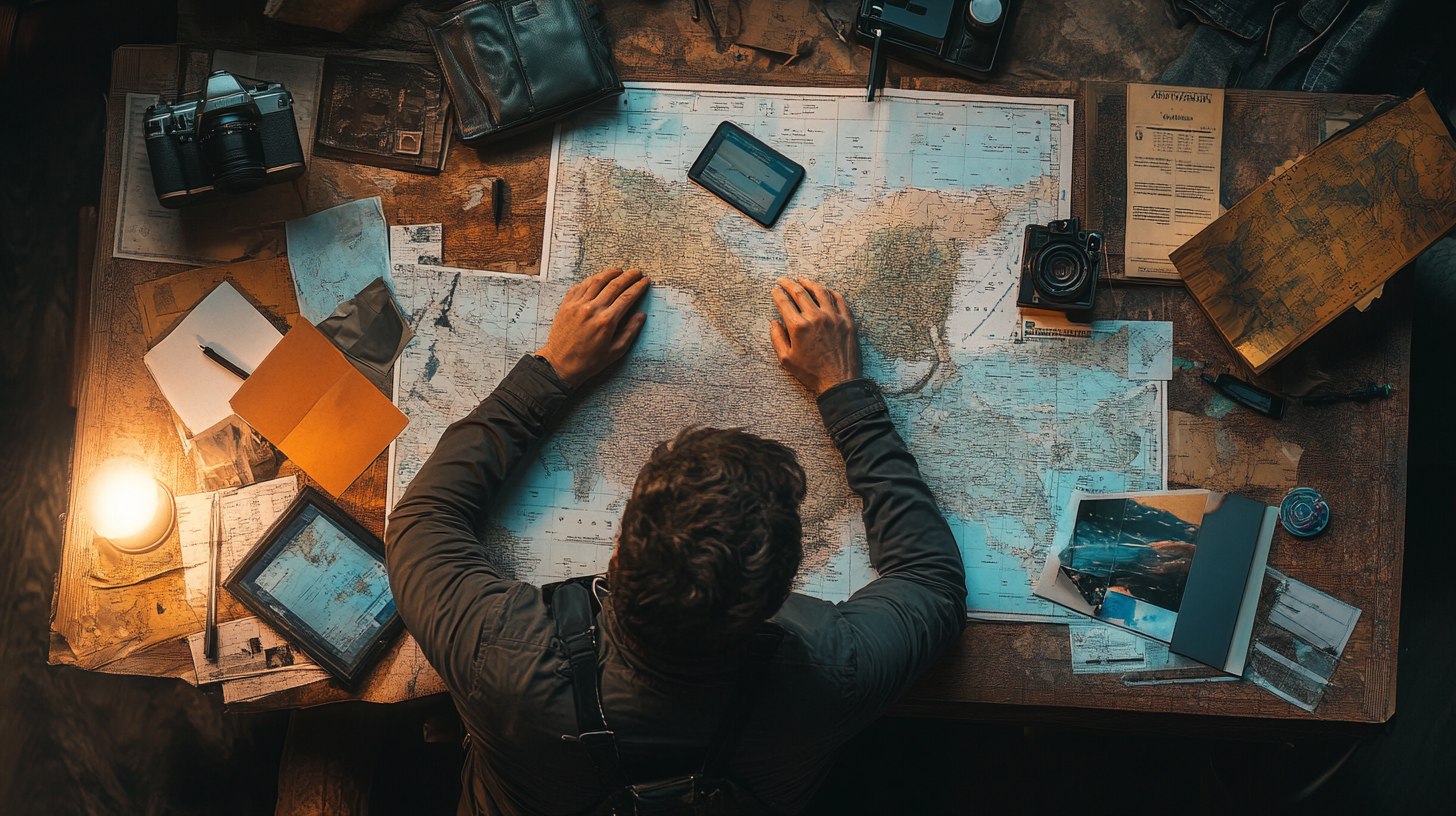
A free checklist covering five essential areas of travel risk management can be a game-changer. By laying out a thorough itinerary—including flights, accommodations, and backup options—travelers can evaluate and bolster their crisis response strategies, schedule regular reviews, and stay one step ahead of unexpected hiccups.
In my own experience, plotting out each stage of my journey—from the moment I leave home to when I check into my hotel—gives me a sense of control and clarity. Even something as simple as using real-time flight status apps can help me avoid scrambling when delays pop up. According to a 2024 report by the Global Business Travel Association, nearly 64% of frequent flyers who create a detailed itinerary experience fewer disruption-related costs.
I also recommend building in extra time around critical meetings. If your flight lands at 1 p.m. and you have a 3 p.m. conference, consider the unpredictability of traffic or unexpected airline schedule changes. Having that buffer can mean the difference between sprinting through the terminal and calmly walking because you’re already prepared for possible snags.
2. Build a Reliable Risk Response Framework

Transparency and communication are vital. Employers must prioritize safety by assessing risks and developing a duty-of-care plan, from departure to safe return. Sharing insurance details, vaccination requirements, and expected itineraries makes it easy to handle emergencies and keeps everyone on the same page.
Over the years, I’ve noticed that the strongest safety plans come from team collaboration. If I’m heading to a region with potential political unrest, for example, I make sure to share quick “I’m safe” check-ins with colleagues and loved ones. According to industry data compiled in 2025, companies that train employees on emergency protocols report a 35% increase in overall traveler satisfaction and productivity.
Of course, a risk response framework isn’t just about anticipating the worst-case scenario—it’s also about having the right contact numbers at your fingertips. I keep a neatly organized folder (digital and printed) with important hotline numbers, embassy contacts, and medical providers. Keeping that information close at hand offers stress relief, ensuring that if a problem hits, I can jump into action immediately.
3. Optimize Transportation and Lodging
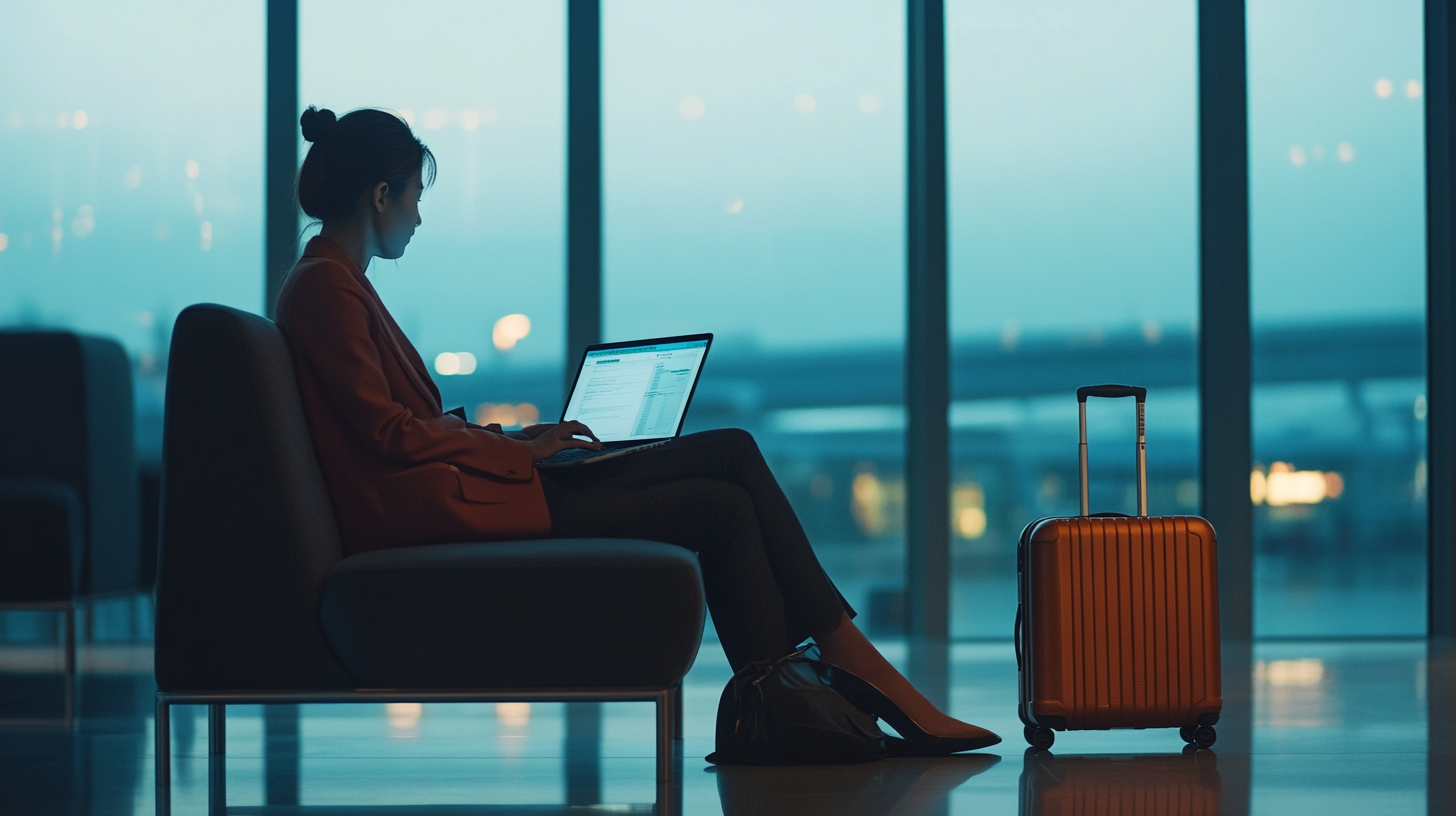
Corporate travel planning often involves secure, cost-effective housing and efficient transport. For industries like oil, gas, energy, and construction, a central booking platform (such as one offered by CHS) simplifies lodging arrangements while a robust travel management system—like itilite‘s—provides digital support and protection. Early flight booking through comparison tools and loyalty programs can save cash while maximizing miles.
In my view, staying close to your primary work site can free up valuable hours. I once booked a hotel well outside the city center to save on costs, only to spend more on taxis and lose time stuck in traffic. Since then, I try to strike the right balance: proximity to my venues, safety ratings of the neighborhood, and overall convenience. Trusted booking platforms can offer real-time comparisons of different lodging options, which is indispensable when you’re busy scheduling back-to-back meetings.
When it comes to transportation, I’ve learned that reputable apps and vetted taxi services are worth the investment. Even if you can hail a cheaper ride on the street, safety reviews and digital payment records can save you in a pinch. If you’re traveling overseas, check for any region-specific ride-sharing apps that locals often use. This approach helps me immerse myself in local culture without compromising on reliability or peace of mind.
4. Organize Documents and Pack Smart
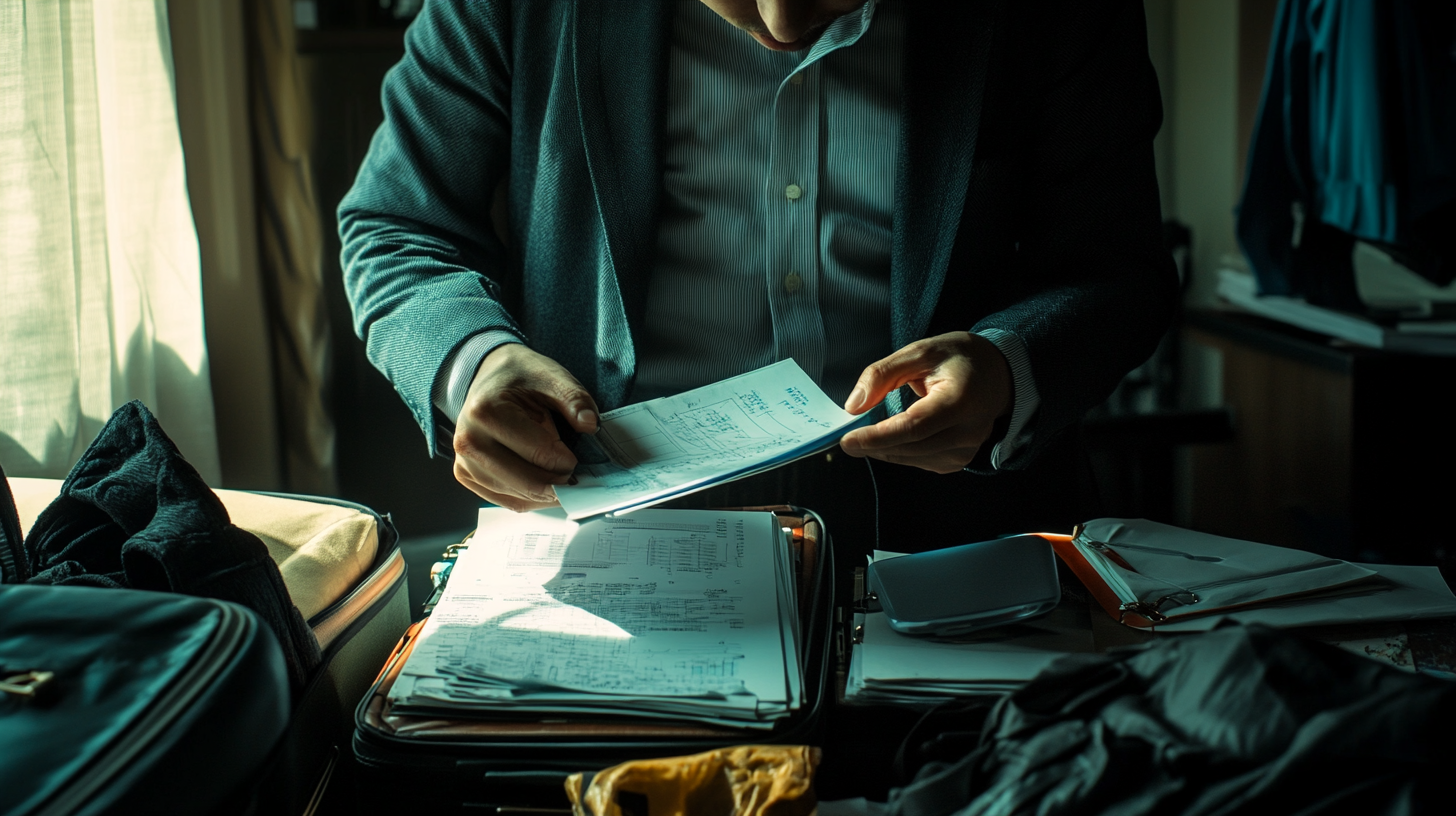
Successful business trips call for early prep: gather essential documents, plan out work materials, and let colleagues and family know where you’ll be. Sticking to carry-ons not only streamlines the journey but also keeps valuables in sight. Travel perks like TSA Precheck add efficiency, cutting frustration at checkpoints.
Before any big trip, I create a digital backup of my passport, visa, and other ID documents by storing them on a secure cloud platform—and I keep offline copies on my phone just in case. I first realized how crucial this was when I lost my passport in Tokyo years ago. Having the scanned copies sped up the process of getting replacements significantly, saving me both time and worry.
When it comes to packing, I take a minimalist approach that prioritizes comfort and function. Let’s face it: carrying bulky luggage through jam-packed terminals is no fun. By focusing on versatile outfits and essential work gear, I can breeze through security and skip those dreaded baggage claim lines. Each item that goes into my carry-on must earn its place—if it doesn’t pass the “do I really need this?” test, it stays at home.
5. Prepare for Emergencies and Health
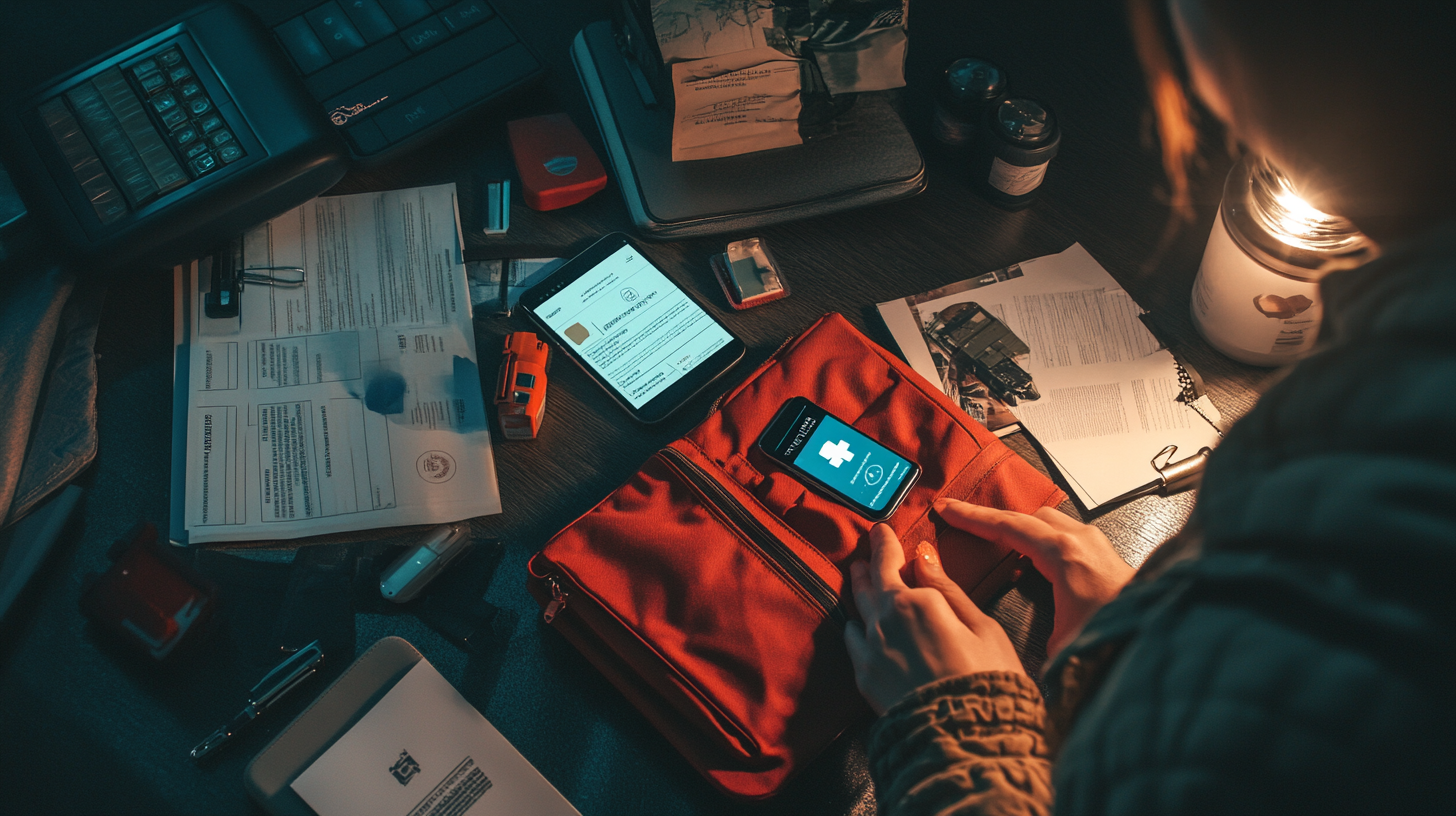
A handy emergency kit with medicines, spare chargers, and local emergency contact details can be priceless in a pinch. Travelers are encouraged to respect local customs, keep vaccinations up to date, and remain aware of the nearest medical facilities. By covering these bases, business flyers reduce worry and focus on what truly matters: productive work on the road.
While a spare charger might seem like a minor detail, I’ve seen colleagues lose entire presentation opportunities because their devices ran out of juice. I’ve found that carrying a high-capacity power bank is a lifesaver, especially during layovers where outlets might be scarce. According to a recent study published in the Journal of Travel Safety, travelers who pack personal health and tech essentials are 50% less likely to experience significant itinerary disruptions.
I also pay close attention to local health guidelines. If I’m traveling to places where specific vaccinations are recommended, I handle those well in advance—even minor ailments can derail an important meeting. Checking local health advisories or tapping into official sources like the World Health Organization ensures I stay one step ahead of potential risks. Knowing I’ve covered every health base makes me more relaxed and able to focus on getting the job done.
Final Thoughts

Building a solid business travel safety plan has transformed the way I view trips—suddenly, even the most hectic itineraries become manageable. Each of these five steps serves as a foundation, ensuring that you remain calm, prepared, and fully equipped for anything.
With simple but consistent actions—like creating a detailed itinerary, safeguarding key documents, and mapping out emergency procedures—you’re doing more than just protecting yourself. You’re also boosting your overall productivity, saving money by avoiding pitfalls, and making the most of every minute on the road. As the travel industry continues to evolve in 2025, having a proactive mindset will only grow more essential.
Barry B.’s Take
At the end of the day, business travel is equal parts opportunity and challenge. I’ve found that the tempo of modern work demands a balanced approach—one that merges proactive safety measures with an adventurous spirit.
From my vantage point, the more prepared you are, the easier it becomes to embrace the unexpected joy of new cities, cultures, and connections. Rather than letting the fear of hiccups overshadow the journey, I turn each obstacle into a learning moment and a chance to refine my strategy.
For more sky-high insights and the latest travel buzz, visit milesBUZZ.






